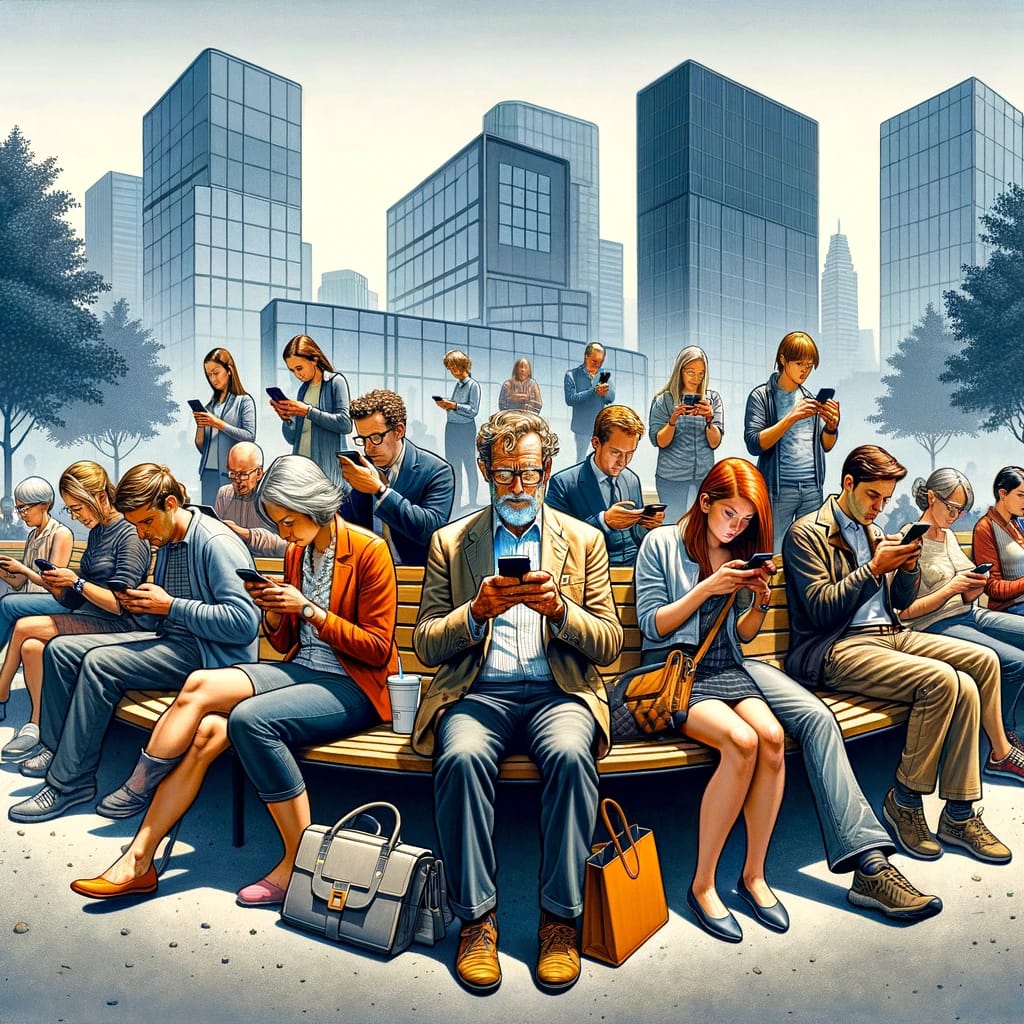Phobias are complex psychological conditions characterized by an irrational and excessive fear of objects, situations, or activities that, in reality, pose little to no actual threat. Whether it’s the fear of specific numbers, objects, or even seemingly benign everyday items, the distress experienced is genuine and can lead to avoidance behaviors that restrict one’s life. The following exploration into 30 strange and uncommon phobias offers insight into the vast spectrum of human anxieties, revealing the intricate and often misunderstood nature of fear itself.
Ablutophobia: Ablutophobia is an intense fear of bathing, cleaning, or washing. It’s more common in children but can persist into adulthood, severely impacting personal hygiene and social interactions. The phobia can stem from traumatic experiences related to water or bathing, leading to significant anxiety at the thought of cleaning oneself.
Chorophobia: Individuals with chorophobia have an irrational fear of dancing. This phobia can be rooted in social anxieties, past embarrassments, or cultural pressures, leading to avoidance of social events where dancing is expected. It can significantly impact social life and relationships, as sufferers might avoid weddings, parties, and clubs.

Nomophobia: Nomophobia, or the fear of being without a mobile phone, reflects the modern dependency on technology for communication, information, and social networking. Sufferers may experience anxiety, panic attacks, or distress when separated from their phones, highlighting the psychological impact of digital connectivity in contemporary life.
Pogonophobia: Pogonophobia is the fear of beards. It can be triggered by negative experiences or cultural associations with facial hair. People with this phobia might feel uneasy or anxious around individuals with beards, leading to social avoidance or distress in situations where interaction with bearded individuals is unavoidable.
Arachibutyrophobia: This peculiar fear involves an irrational anxiety of peanut butter sticking to the roof of one’s mouth. It can stem from a choking scare or texture sensitivities, leading to avoidance of peanut butter or similar sticky foods. This phobia can limit dietary choices and cause distress during meals.
Dendrophobia: Dendrophobia is an irrational fear of trees. It may arise from traumatic experiences in wooded areas or superstitious beliefs about forests. Sufferers may avoid parks, forests, and even tree-lined streets, significantly impacting their enjoyment of nature and outdoor activities.
Heliophobia: Heliophobia is the fear of sunlight, often stemming from an exaggerated concern over the dangers of sun exposure, such as skin cancer or eye damage. This phobia can lead to isolation, vitamin D deficiency, and depression, as sufferers may avoid going outdoors during daylight.
Omphalophobia: The fear of navels involves anxiety around seeing, thinking about, or touching belly buttons. It can result from body image issues, cultural taboos, or traumatic experiences related to the navel area. This phobia can affect personal relationships, self-esteem, and comfort with one’s body.
Trypophobia: Trypophobia is an aversion or fear of closely-packed holes or patterns, such as those found in honeycombs, lotus seed pods, or coral. It’s believed to be an evolutionary response to patterns associated with danger. Sufferers may experience anxiety, disgust, or panic when viewing such patterns.

Coulrophobia: The fear of clowns, known as coulrophobia, often originates in childhood but can persist into adulthood. It can be triggered by clowns’ exaggerated features, unpredictable behavior, or association with horror films and media. This phobia can cause intense fear, avoidance of circuses and parties, and distress at the sight of clown imagery.
Neophobia: Neophobia is the fear of new things or experiences, which can manifest as an unwillingness to try new foods, visit new places, or engage in new activities. This phobia can significantly limit personal growth and enjoyment of life, as it keeps individuals stuck in their comfort zones, potentially stemming from a fear of the unknown or past negative experiences.
Anthophobia: Anthophobia, the fear of flowers, can be particularly challenging as flowers are common in many social and personal settings. This phobia might stem from allergies, negative associations, or cultural beliefs. It can lead to avoidance of parks, gardens, florists, or any events where flowers are likely to be present, impacting social interactions and quality of life.
Turophobia: The fear of cheese, turophobia, can range from mild discomfort to severe aversion, affecting individuals’ dietary choices and social dining experiences. This phobia might be linked to a traumatic incident involving cheese, its texture, smell, or taste. It can make social events challenging, especially when food choices are limited or when cheese is a common ingredient.
Spectrophobia: Spectrophobia involves a fear of mirrors or seeing one’s reflection. This can be rooted in superstitions, religious beliefs, negative body image, or traumatic experiences related to one’s appearance. It affects daily activities like grooming and can lead to significant anxiety in environments where mirrors are unavoidable, such as bathrooms or dressing rooms.
Globophobia: Globophobia is the fear of balloons, which can include anxiety about balloons popping, their texture, or even the sight of them. This phobia can turn festive occasions, like parties or celebrations, into sources of stress and anxiety. It often originates in childhood but can persist into adulthood, affecting social participation and enjoyment of celebratory events.
Somniphobia: The fear of falling asleep, somniphobia, stems from anxieties about losing consciousness, having nightmares, or not waking up. It can be related to sleep disorders, traumatic experiences, or fears of death. This phobia can lead to sleep deprivation, impacting overall health, mood, and cognitive function.
Chronophobia: Chronophobia is the fear of the passing of time, often experienced by those acutely aware of life’s transience or facing significant life changes. It can lead to anxiety, depression, and obsessive behaviors aimed at controlling time or aging. This phobia can affect individuals’ ability to enjoy the present and plan for the future.

Hylophobia: Individuals with hylophobia have an irrational fear of forests and wooded areas. This fear might originate from childhood stories, movies portraying forests as menacing places, or personal traumatic experiences in such environments. It can severely limit outdoor recreational activities and affect one’s ability to engage with nature and participate in activities like hiking or camping.
Ergophobia: Ergophobia, the fear of work or the workplace, can arise from fears of failure, social anxiety, or past traumatic work experiences. It can hinder professional development, job performance, and personal satisfaction, leading to unemployment or underemployment. This phobia requires professional intervention to address underlying anxieties and improve coping mechanisms.
Optophobia: The fear of opening one’s eyes, optophobia, is a rare condition that can dramatically affect daily functioning, making normal activities nearly impossible. It might be rooted in a fear of what one might see upon opening their eyes, stemming from traumatic experiences or deep-seated fears. Managing this phobia often requires comprehensive psychological therapy to address the underlying causes.
Papyrophobia: The fear of paper, papyrophobia, encompasses anxiety triggered by the sight, touch, or sound of paper. This phobia can be rooted in negative experiences, such as paper cuts, or it may be linked to broader fears of academic failure or overwhelming paperwork. It can significantly impact educational and professional environments, where interaction with paper is common.
Phobophobia: The fear of developing a phobia, known as phobophobia, is particularly challenging because it is self-referential. This meta-phobia can lead to a cycle of anxiety about anxiety itself, making it difficult to identify and treat. It often requires addressing underlying anxiety disorders and teaching coping mechanisms to manage the fear of fear.
Panphobia: Also known as omniphobia, panphobia is the fear of everything or an unspecified, persistent dread. It’s characterized by a general sense of anxiety without a specific focus. This broad and non-specific fear can be debilitating, making daily functioning challenging and often coexists with other anxiety disorders, requiring comprehensive mental health treatment.
Anthropophobia: The fear of people or society, anthropophobia, can lead to severe social withdrawal and isolation. It’s more intense than shyness, as it involves a deep-seated fear of social interaction, potentially stemming from past traumas, social anxiety disorders, or negative experiences with people. Treatment often involves therapy aimed at gradually increasing social exposure and building coping strategies.
Linonophobia: Linonophobia, the fear of string, might seem unusual but can cause significant distress. This phobia may be related to fears of being restrained or entangled. It can affect daily activities, such as avoiding certain clothing or objects with strings. Therapy might focus on desensitization and managing anxiety related to the phobia.
Plutophobia: The fear of wealth or money, plutophobia, involves anxiety around possessing wealth or dealing with money. It can stem from beliefs about the responsibility and problems wealth can bring or negative experiences with money. This phobia can complicate financial decision-making and limit personal and professional opportunities, requiring psychological intervention to address underlying beliefs.
Ailurophobia: The fear of cats, ailurophobia, can cause intense anxiety and avoidance behaviors around cats or images of cats. This phobia may be rooted in past negative encounters with cats, cultural or superstitious beliefs, or general anxiety disorders. It can limit social interactions and activities, especially in environments where cats are present.
Genuphobia: The fear of knees or kneeling, genuphobia, can stem from traumatic injuries, negative aesthetic perceptions, or deep-seated anxieties related to vulnerability or injury. This phobia can affect physical activities, clothing choices, and personal comfort, especially in situations where knees are exposed or kneeling is expected.
Koumpounophobia: The fear of buttons, koumpounophobia, ranges from mild discomfort to severe aversion, impacting clothing choices and daily routines. It may be linked to negative experiences, texture sensitivities, or deeper psychological issues. Individuals might avoid clothes with buttons or experience anxiety in situations where buttons are prevalent.
Octophobia: The fear of the figure 8, octophobia, is a rare phobia that can be linked to superstitions, the symbol’s association with infinity, or personal traumatic experiences related to the number. This fear can manifest in avoidance of situations where the number is prominent, impacting educational settings, addresses, or any numerical representations.

